This is how an image invites certain looks and responses from the viewer.
What is address
This structure inverts light, turning it upside down, and was found in artists' studios, where it was used as a drawing instrument, much like a perspectival grid.
What is a camera obscura
This word refers to someone who makes or produces maps
What is a cartographer
In her 1985 essay A Cyborg Manifesto, Donna Haraway described this posthuman figure as breaking down boundaries between body and technology.
What is a cyborg
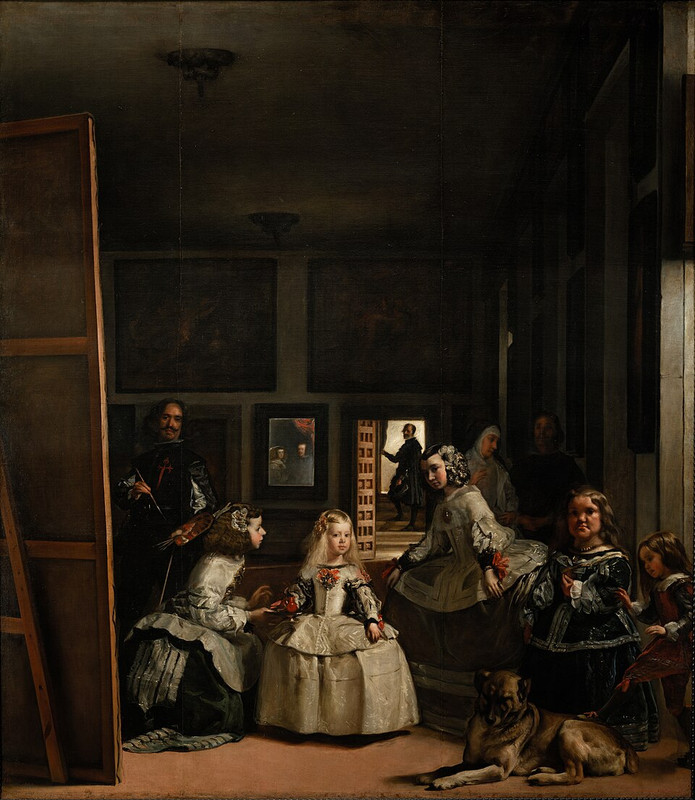
This painting offers an unusually ambiguous spectator position
Las Meninas (1656) by Diego Velázquez
One concept of the spectator and the gaze is that looking is always this kind of activity through which power is negotiated.
What is relational
This system of creating depth on a flat surface, developed in the Renaissance, uses a vanishing point to make paintings look more realistic.
What is linear perspective
This proposed era is marked by human ecosystem impacts, made largely through the period of industrialization, that are vast, irreversible, and damaging to planetary life.
What is the Anthropocene?
During the Renaissance, artists and scientists studied dissections to better understand the body’s interior, and this study became crucial to modern art.
What is the study of anatomy
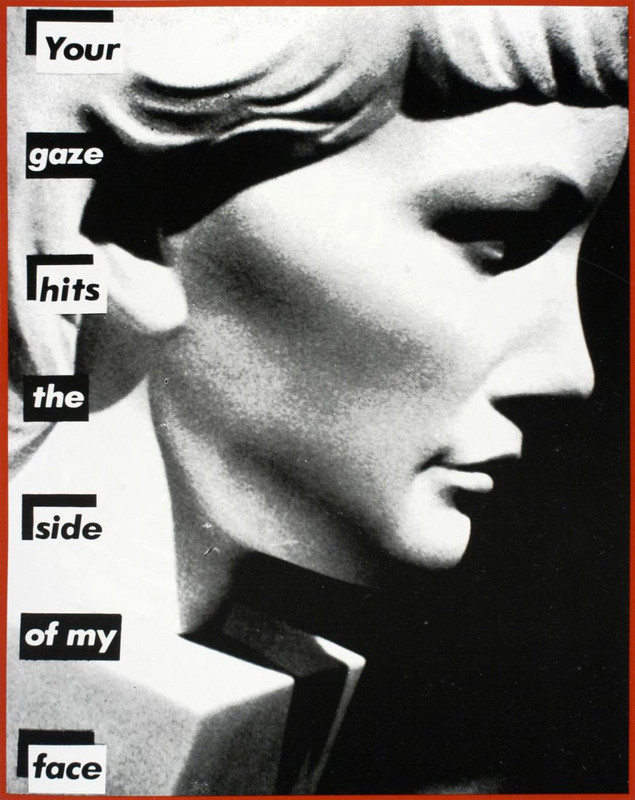
This piece made commentary on spectatorship and the gaze
Your Gaze Hits the Side of My Face (1981-83) by Barbara Kruger
This painting can be interpreted as an artwork that challenges the traditional alignment of the spectator with an all-seeing standpoint.
What is Las Meninas
This technique, used by Leonardo da Vinci, is when an image's perspective can only be read correctly from a specific angle.
What is perspectival anamorphosis
Photographers like LeRoy Woodson were commissioned by this U.S. government agency in the 1970s to document environmental issues and everyday American life
What is the Environmental Protection Agency (EPA)
This became widely dismissed as a pseudoscience because it relied on an inaccurate idea that meaning is inherent in physical appearance, which influenced racial thinking.
What is Physiognomy
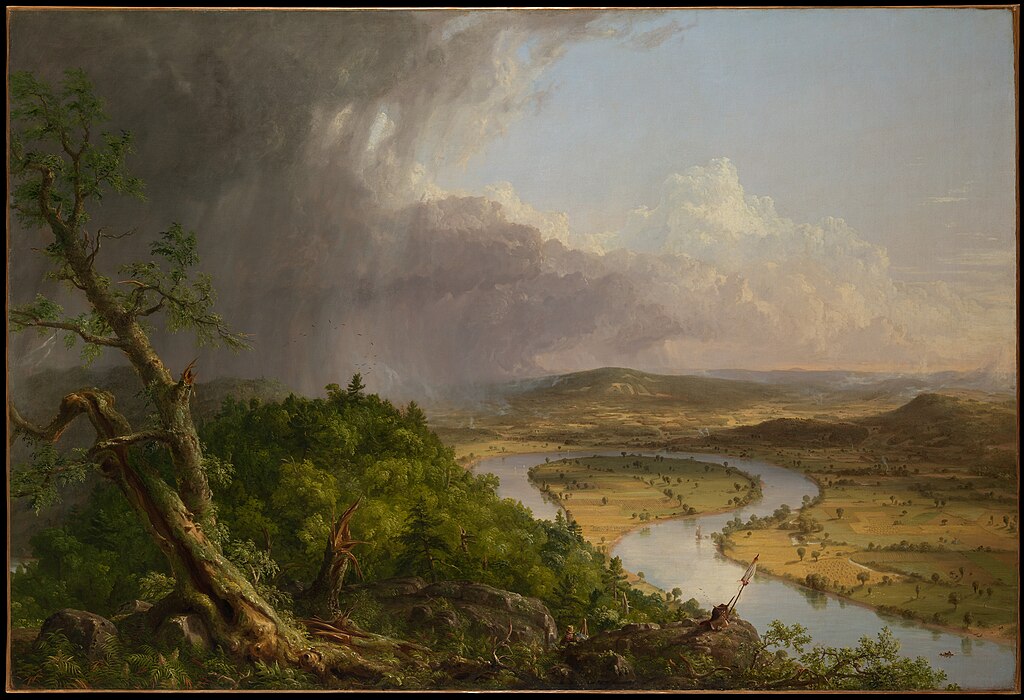
This is an example of a landscape painting
The Oxbow, (1836) by Thomas Cole
Inmates in the Panopticon internalize this constant possibility, shaping their behavior as if they are always being observed.
What is the guard's gaze
This term refers to the mathematical mapping of space developed by Descartes, using a grid of three axes intersecting at ninety degrees to form three-dimensional space.
What is a Cartesian space
A company that redesigns its packaging in green colors with leaves to suggest eco-friendliness, while continuing to profit from non-sustainable practices is an example of what?
What is Greenwashing
This is a methodology that relies on observation, experimentation, and data collection to establish the truth about things in the world.
What is Empirical
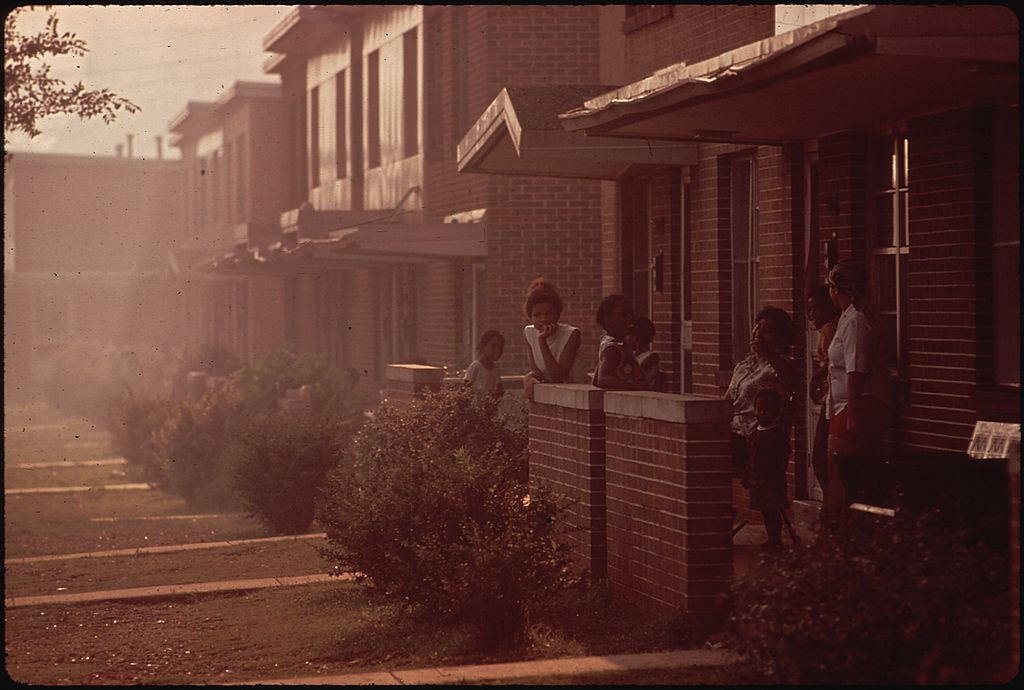
This is an example of documentary photography
Day Becomes Night, 1972 by Leroy Woodson
This 18th-century event in France embodied modernity by challenging the monarchy and placing individual rights and secular democracy at the center of political life.
What is the French Revolution
Immersive experiences like the 2019 Terracotta Warriors phone app, which offered 360-degree views of the covered pit site and surrounding landscape, are modern examples of this wide-angle visual format first popularized in the 18th and 19th centuries in the rotundas.
What is a panorama
In Thom, Where Are the Pocumtucks? (2020), Kay WalkingStick reinterprets Cole’s The Oxbow (1836) to critique this common method of erasure in 19th-century American landscape painting.
What is the erasure of Indigenous presence
Who built upon the use of photography to document and classify apprehended suspects through standardizing the mug shot and utilizing anthropometry?
Who is Alphonse Bertillon
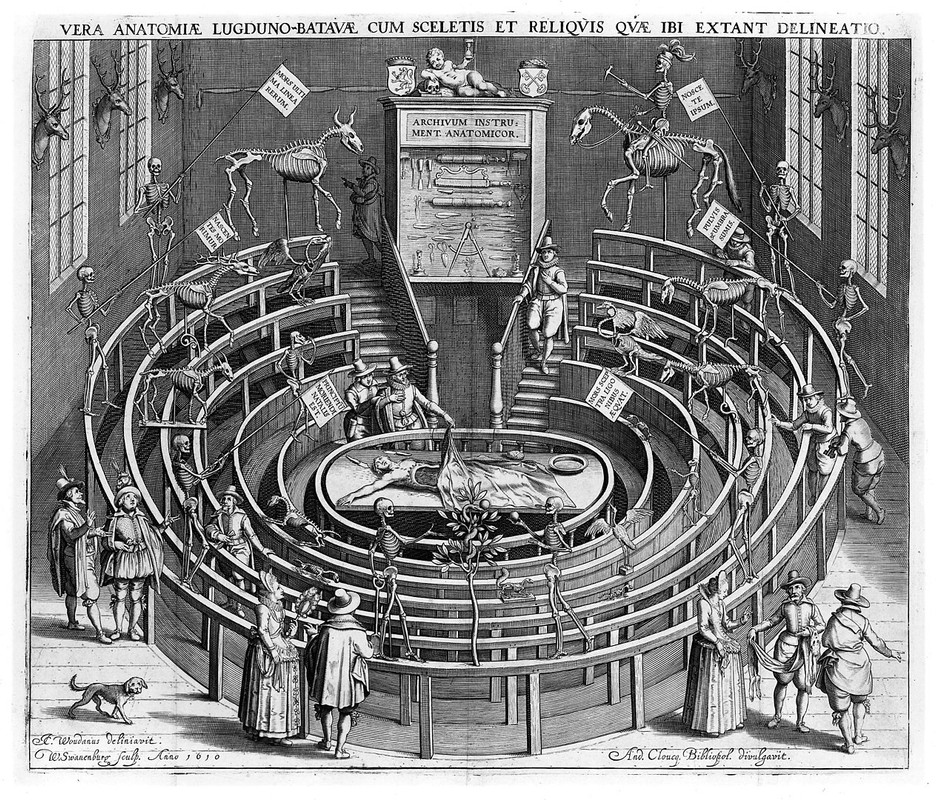
This image illustrates how visual culture adopted a scientific lens during the Renaissance.
The Anatomy Theater at Leiden (1619)